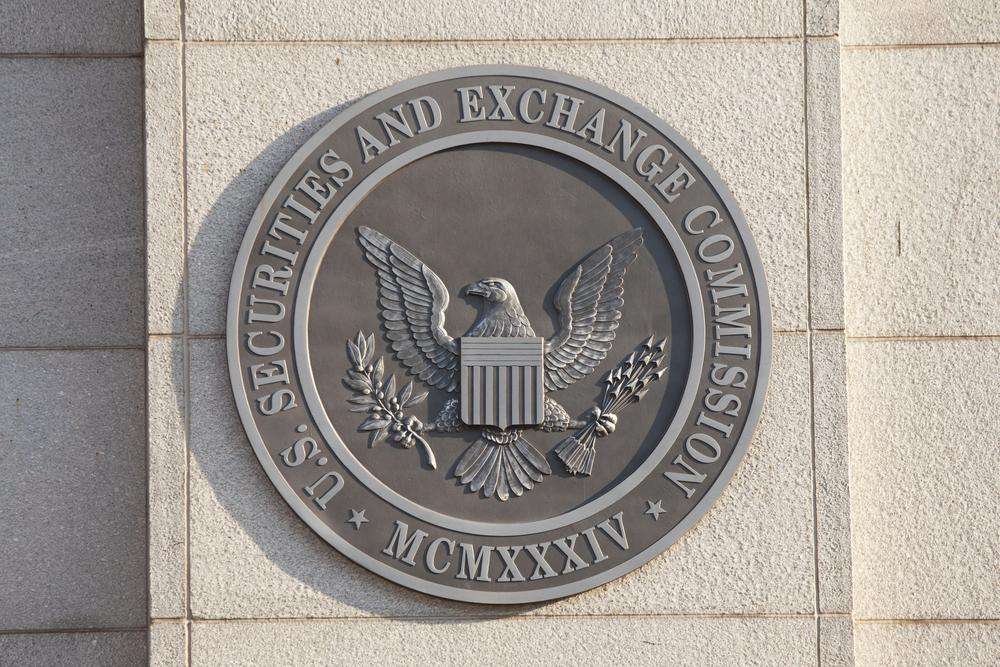SOL token in Light of SEC's Classification
The goal of this dashboard is to explore SOL token metrics, assess the impact of SEC's classification, analyze market dynamics, and dive into the Solana blockchain's ecosystem.
Solana (SOL) is a blockchain platform that has gained significant attention and popularity in the cryptocurrency market. It was designed to provide fast and scalable solutions for decentralized applications (dApps) and is known for its high throughput and low transaction fees. The native cryptocurrency of the Solana network is called SOL.
However, the Solana ecosystem faced a significant development in its regulatory landscape when the United States Securities and Exchange Commission (SEC) classified the SOL token as a security. This classification has far-reaching implications for the Solana blockchain, its participants, and the broader cryptocurrency market.
The SEC's classification of the SOL token as a security means that it is now subject to regulations and requirements typically applied to traditional securities. This classification aims to ensure investor protection and maintain market integrity. It signifies that the SEC considers SOL to exhibit characteristics similar to those of traditional investment instruments, such as stocks or bonds.
Given the importance of this regulatory action and its potential impact on the Solana blockchain, participants, and the wider crypto community, it becomes crucial to conduct an in-depth analysis of the on-chain data associated with the SOL token. This analysis will enable us to explore various metrics, trends, and changes following the SEC's classification, providing valuable insights into the implications of this regulatory decision.
By examining transaction volume, daily active addresses, token distribution, user behavior, trading patterns, market dynamics, and the usage of SOL tokens within dApps and DeFi protocols, we can gain a comprehensive understanding of the impact of the SEC's classification on the Solana blockchain and its ecosystem.
